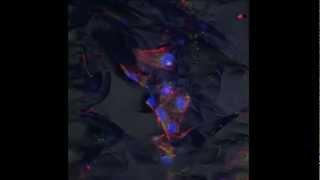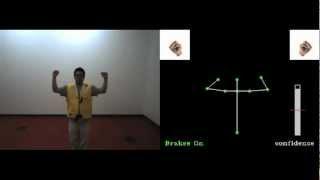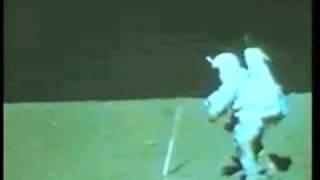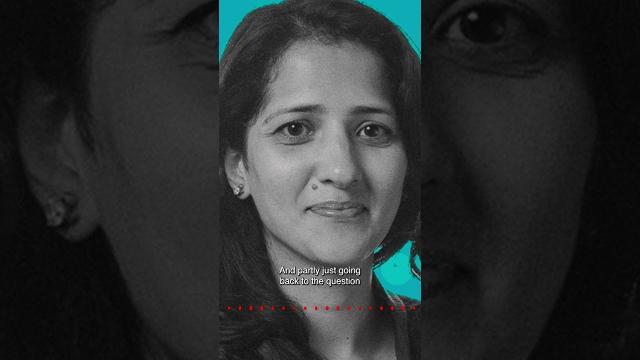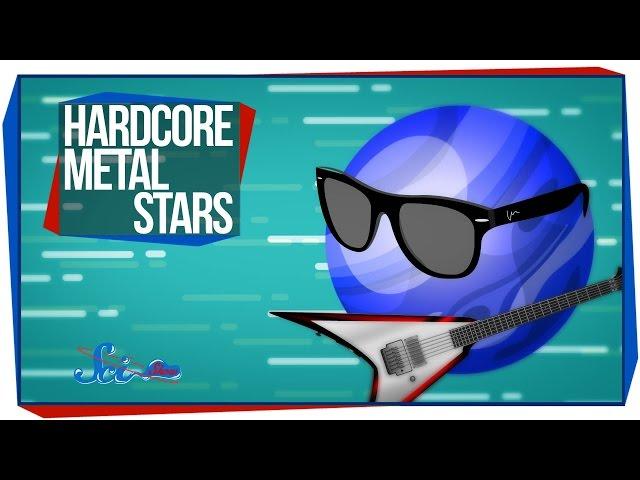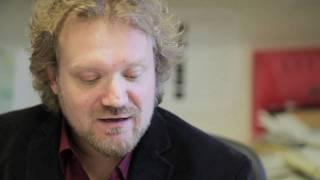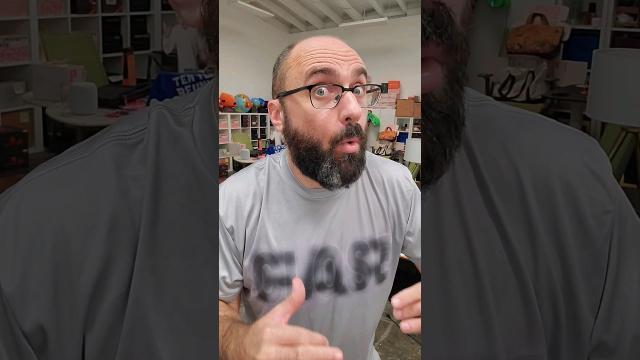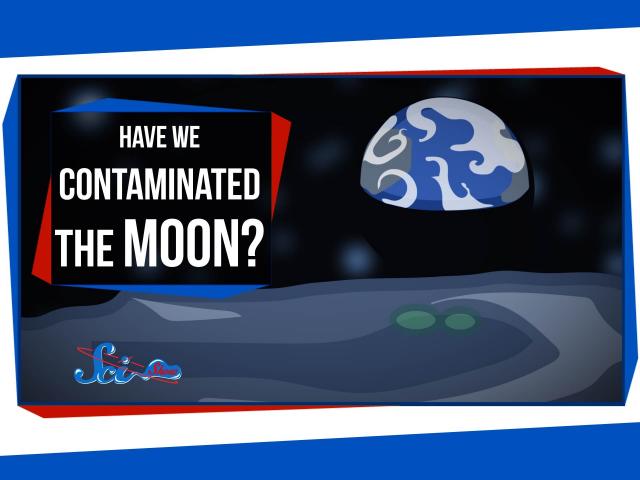Time Travel, Teleportation & Science
Time travel is the concept of moving between different points in time in a manner analogous to moving between different points in space, generally using a theoretical invention, namely a time machine. It has a commonly recognized place in philosophy and fiction, but has a very limited application in real world physics, such as in quantum mechanics or wormholes.
Although the 1895 novel The Time Machine by H. G. Wells was instrumental in moving the concept of time travel to the forefront of the public imagination, The Clock That Went Backward by Edward Page Mitchell was published in 1881 and involves a clock that allowed three men to travel backwards in time.[1][2] Non-technological forms of time travel had appeared in a number of earlier stories such as Charles Dickens' A Christmas Carol. Historically, the concept dates back to the early mythologies of Hinduism (such as the Mahabharata), Buddhism, and Islam through ancient folk tales. More recently, with advancing technology and a greater scientific understanding of the universe, the plausibility of time travel has been explored in greater detail by science fiction writers, philosophers, and physicists.
Teleportation, or Teletransportation, is the theoretical transfer of matter or energy from one point to another without traversing the physical space between them. It has a commonly recognized place in science fiction literature, film, and television, but as yet has a very limited application in real world physics, such as quantum teleportation or the study of wormholes.
Science (from Latin scientia, meaning "knowledge") is a systematic enterprise that builds and organizes knowledge in the form of testable explanations and predictions about the universe. In an older and closely related meaning, "science" also refers to a body of knowledge itself, of the type that can be rationally explained and reliably applied. A practitioner of science is known as a scientist.
In modern usage, "science" most often refers to a way of pursuing knowledge, not only the knowledge itself. It is also often restricted to those branches of study that seek to explain the phenomena of the material universe.
Source : Wikipedia
-
1:02:05
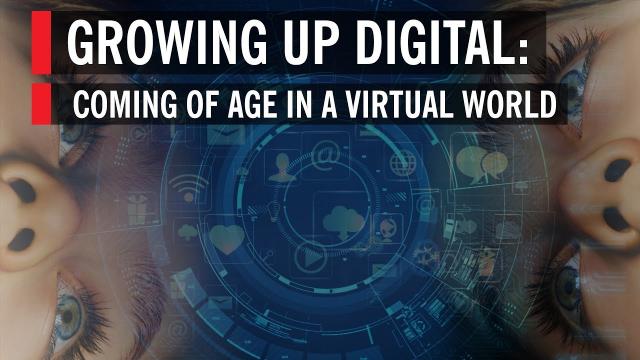
Growing Up Digital : Life in A World of Networks and Screens
Added 448 Views / 0 LikesFor nearly all of human history, communication and social interaction involved face-to-face contact. Now, screen-based digital devices mediate a substantial array of interactions. What are the consequences of this pervasive digital environment? Will it im
-
01:58
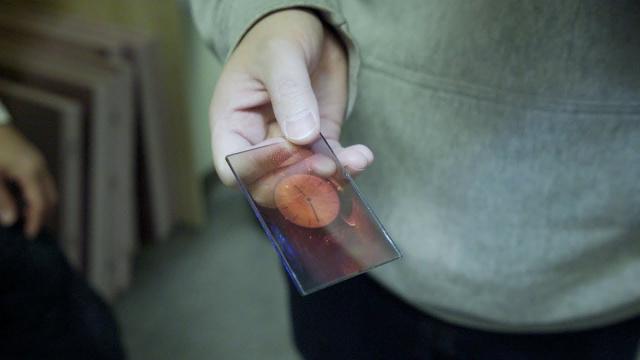
Hands on Holography
Added 458 Views / 0 LikesHands on Holography is a course offered during MIT's Independent Activities Period (IAP). In this course participants learn all about what makes a hologram a hologram, and even make their own!MIT IAP provides members of the community (students, faculty, s
-
04:30
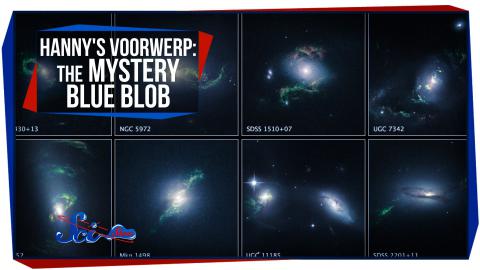
Hanny's Voorwerp: The Mystery Blue Blob
Added 686 Views / 0 LikesHanny's Voorwerp: The Mystery Blue Blob
-
02:11
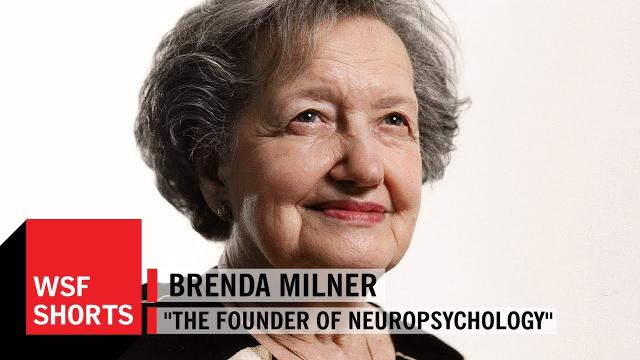
Happy Birthday to the World's Top Expert On Memory
Added 459 Views / 0 LikesBorn in Manchester, England in July 1918, Brenda Milner is widely credited with pioneering the field of cognitive neuroscience and has been called one of the world’s foremost authorities on memory. For over 60 years she has contributed immeasurably to our
-
02:37

Happy Holidays
Added 270 Views / 0 LikesMIT’s Chamber Chorus, under the direction of Dr. William C. Cutter, perform two selections in Lobby 7 as a holiday greeting to all. We hope you enjoy. Happy Holidays to everyone!Watch more videos from MIT: http://www.youtube.com/user/MITNewsOffice?sub_con
-
1:00:35
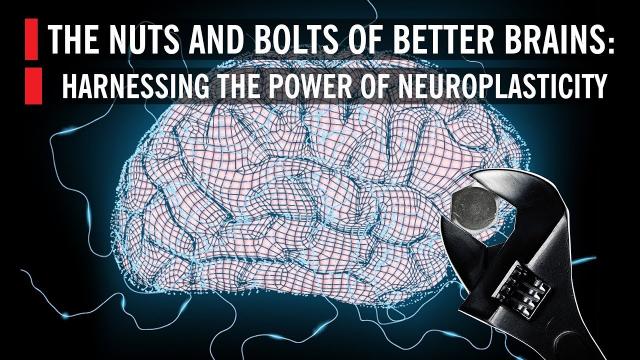
Harnessing the Power of Neuroplasticity: The Nuts and Bolts of Better Brains
Added 495 Views / 0 LikesWhat if your brain at 77 were as plastic as it was at 7? What if you could learn Mandarin with the ease of a toddler or play Rachmaninoff without breaking a sweat? A growing understanding of neuroplasticity suggests these fantasies could one day become re
-
06:52
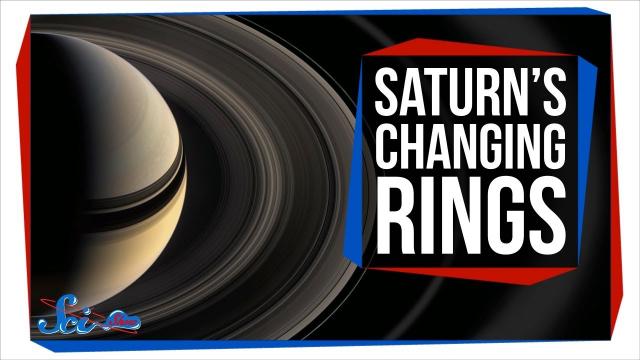
Has Saturn Had More than One Ring System?
Added 365 Views / 0 LikesThanks to The Great Courses Plus for supporting today’s video. Start your FREE trial here: http://ow.ly/ryzE30nzMJ9Saturn’s rings might only be around a hundred million years old, billions of years younger than some astronomers have suspected, and they mi
-
04:35
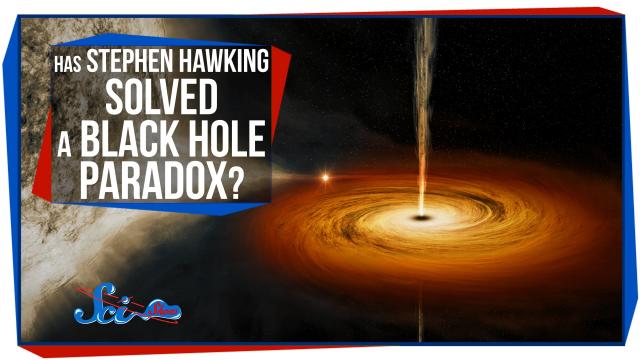
Has Stephen Hawking Solved a Black Hole Paradox?
Added 776 Views / 0 LikesHas Stephen Hawking Solved a Black Hole Paradox?
-
02:19
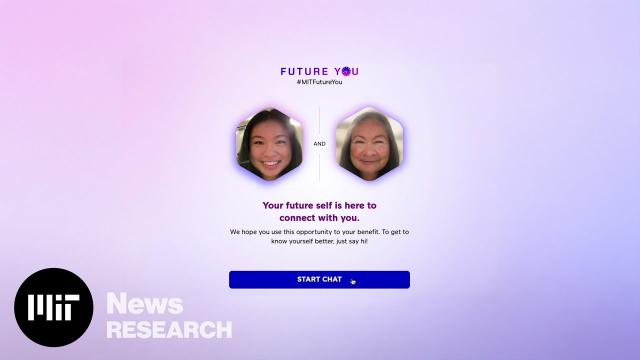
Have a conversation with your future self
Added 93 Views / 0 LikesResearchers from MIT and elsewhere have created a system dubbed Future You, that enables users to have an online, text-based conversation with an AI-generated simulation of their potential future self. By enabling users to chat with an older version of th

